About MetaFont
MetaFont is a programming language for describing bitmap fonts, developed in 1979 by mathematician Donald Knuth.
is a programming language for describing bitmap fonts, developed in 1979 by mathematician Donald Knuth.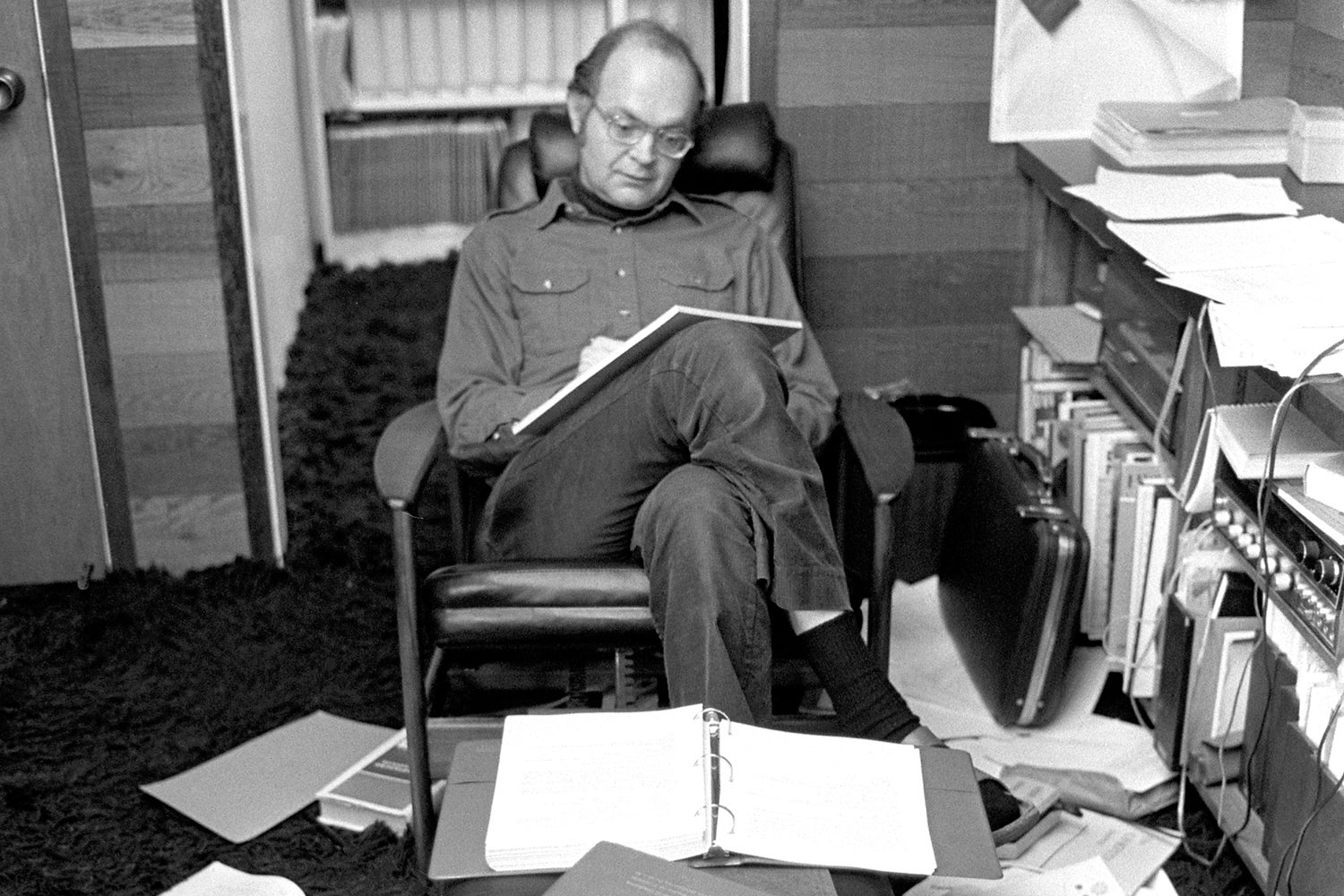 MetaFont is the sister program of TeX
MetaFont is the sister program of TeX , where TeX stets type and MetaFont describes the letters. Both programs offer a solution to the poor typesetting quality of phototypesetting.
, where TeX stets type and MetaFont describes the letters. Both programs offer a solution to the poor typesetting quality of phototypesetting.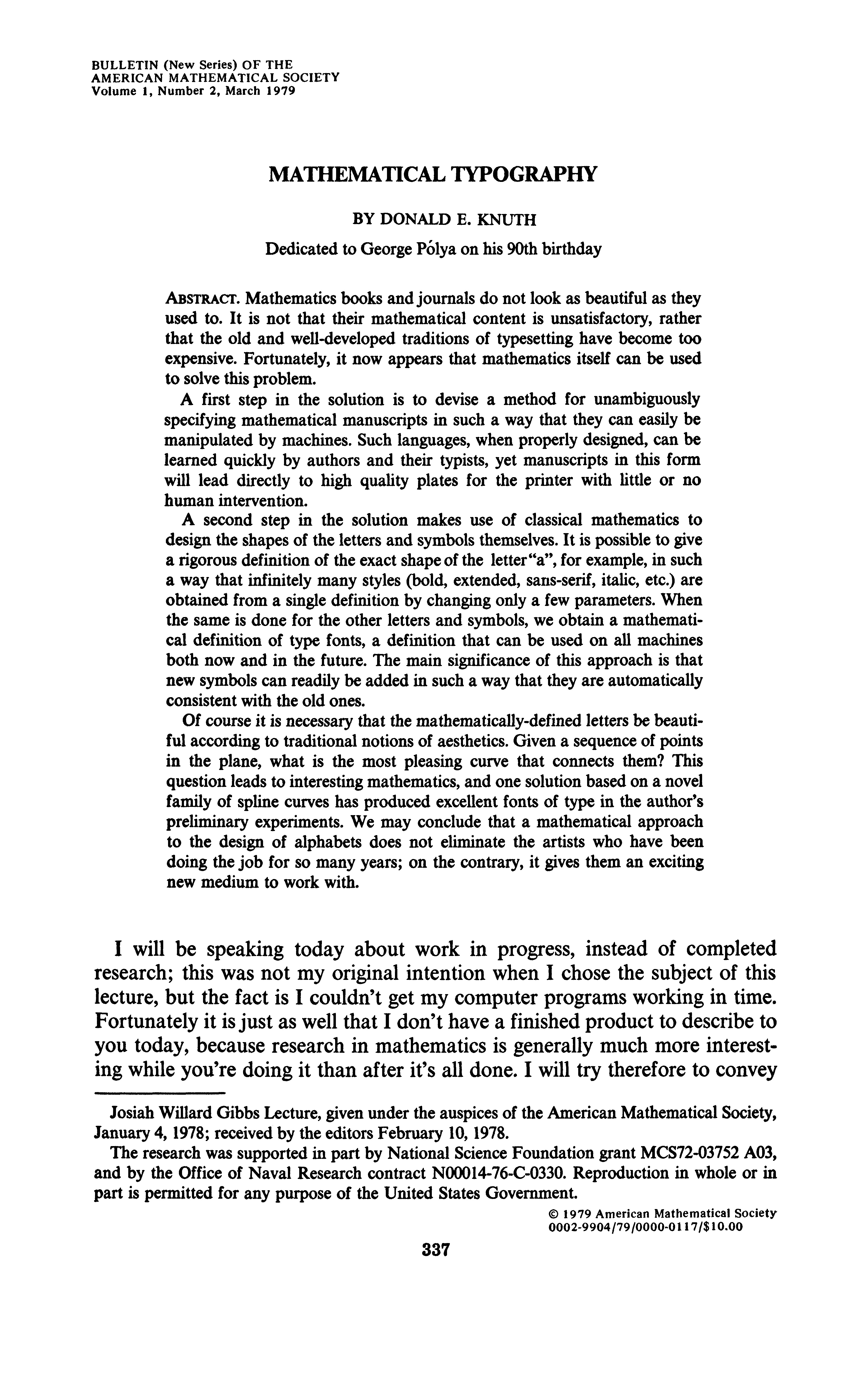 MetaFont gets its name because of its ability to capture the designer’s intentions rather than just the drawings that result from those intentions.
MetaFont gets its name because of its ability to capture the designer’s intentions rather than just the drawings that result from those intentions.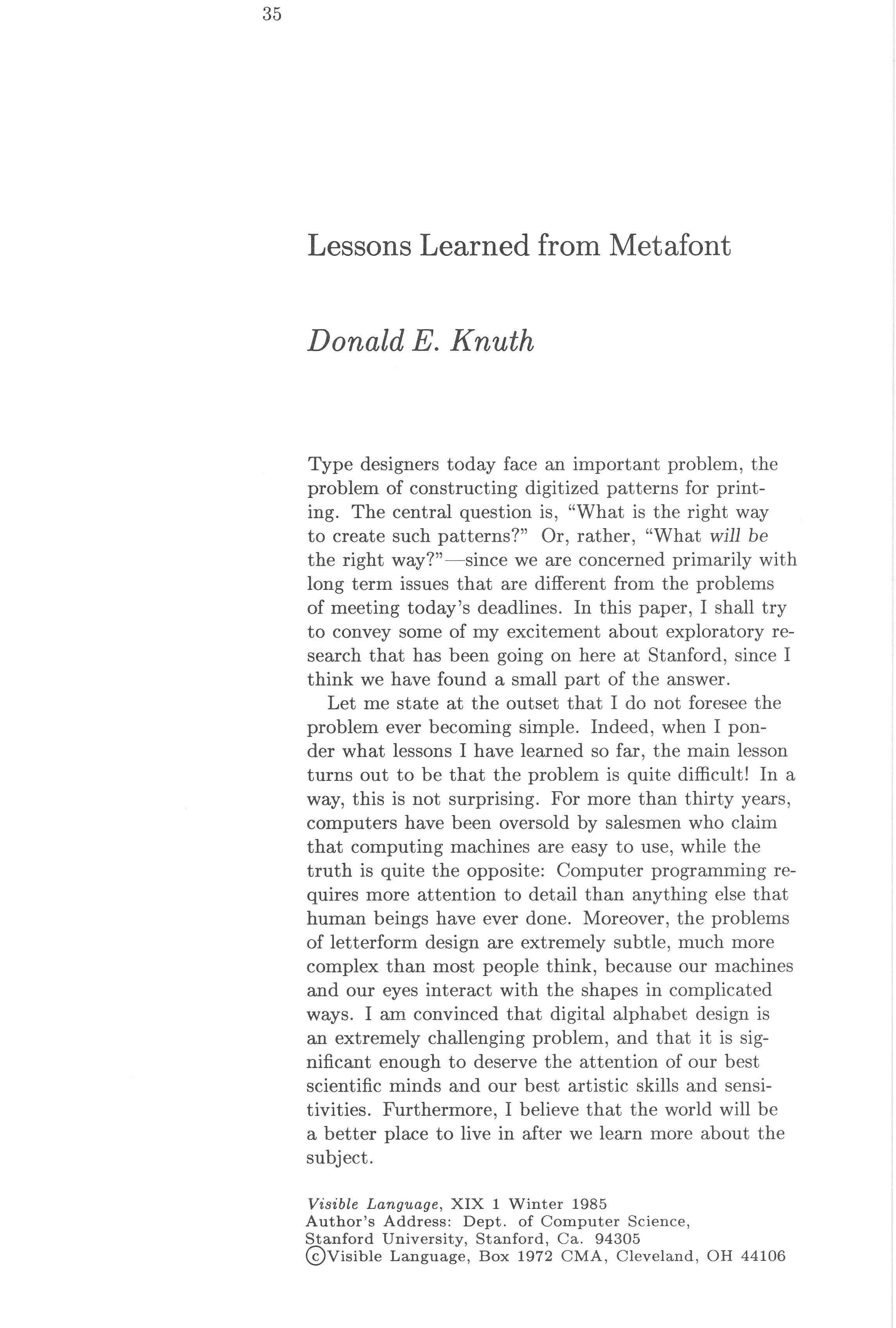 Knuth describes and explains his system in his article The concept of a meta-font.
Knuth describes and explains his system in his article The concept of a meta-font.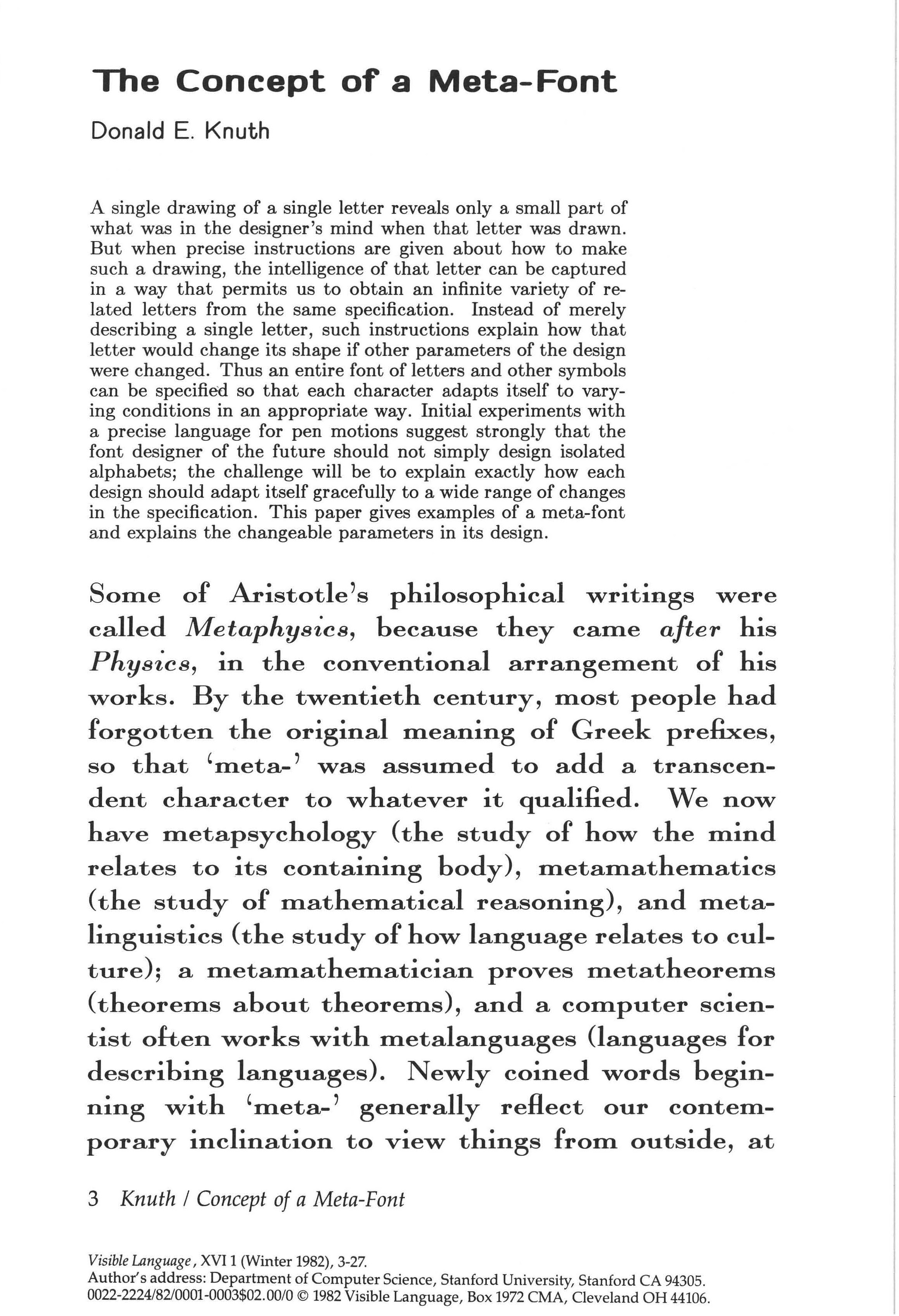 MetaFont uses a skeleton based construction
MetaFont uses a skeleton based construction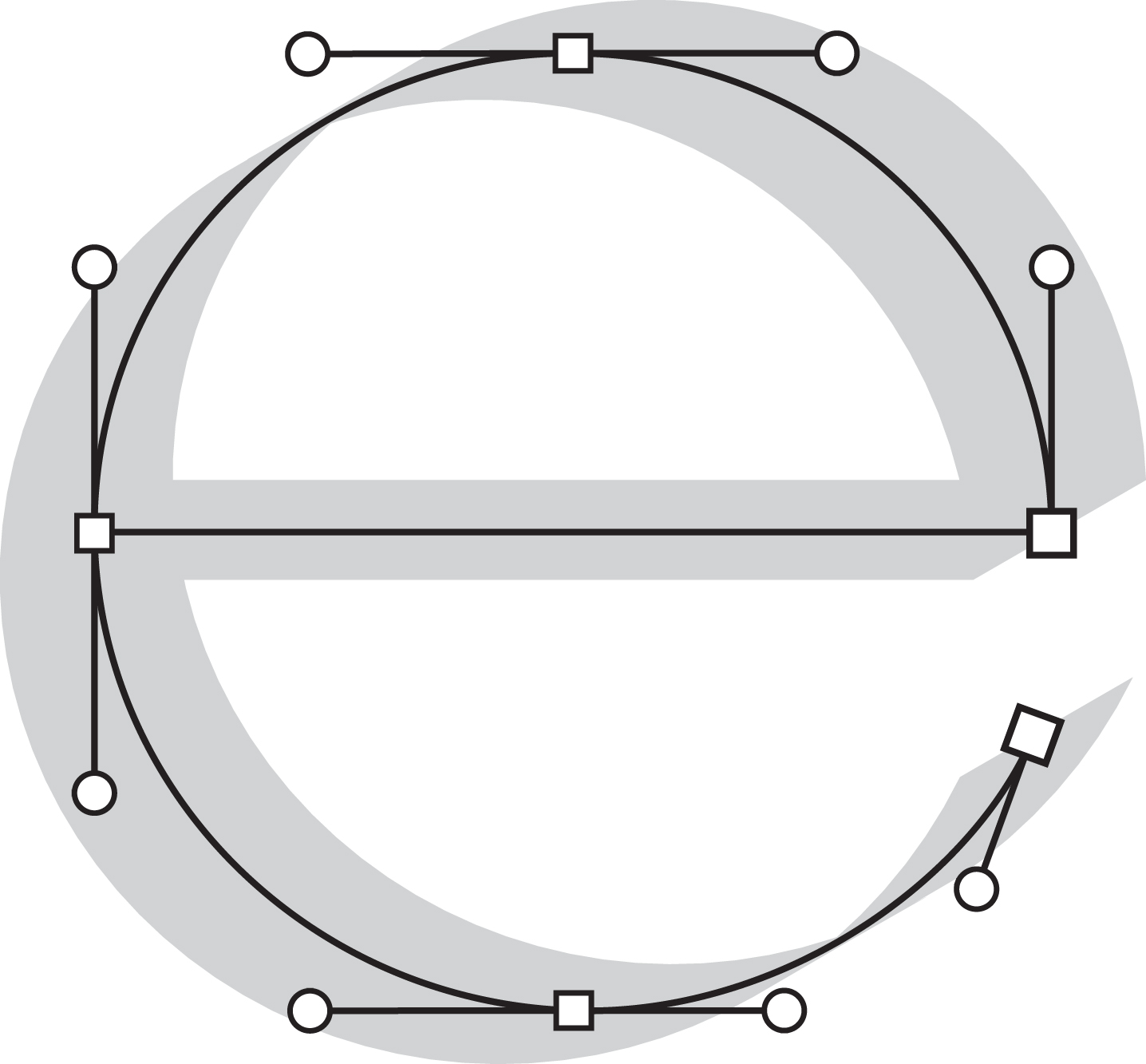 , rather than contours
, rather than contours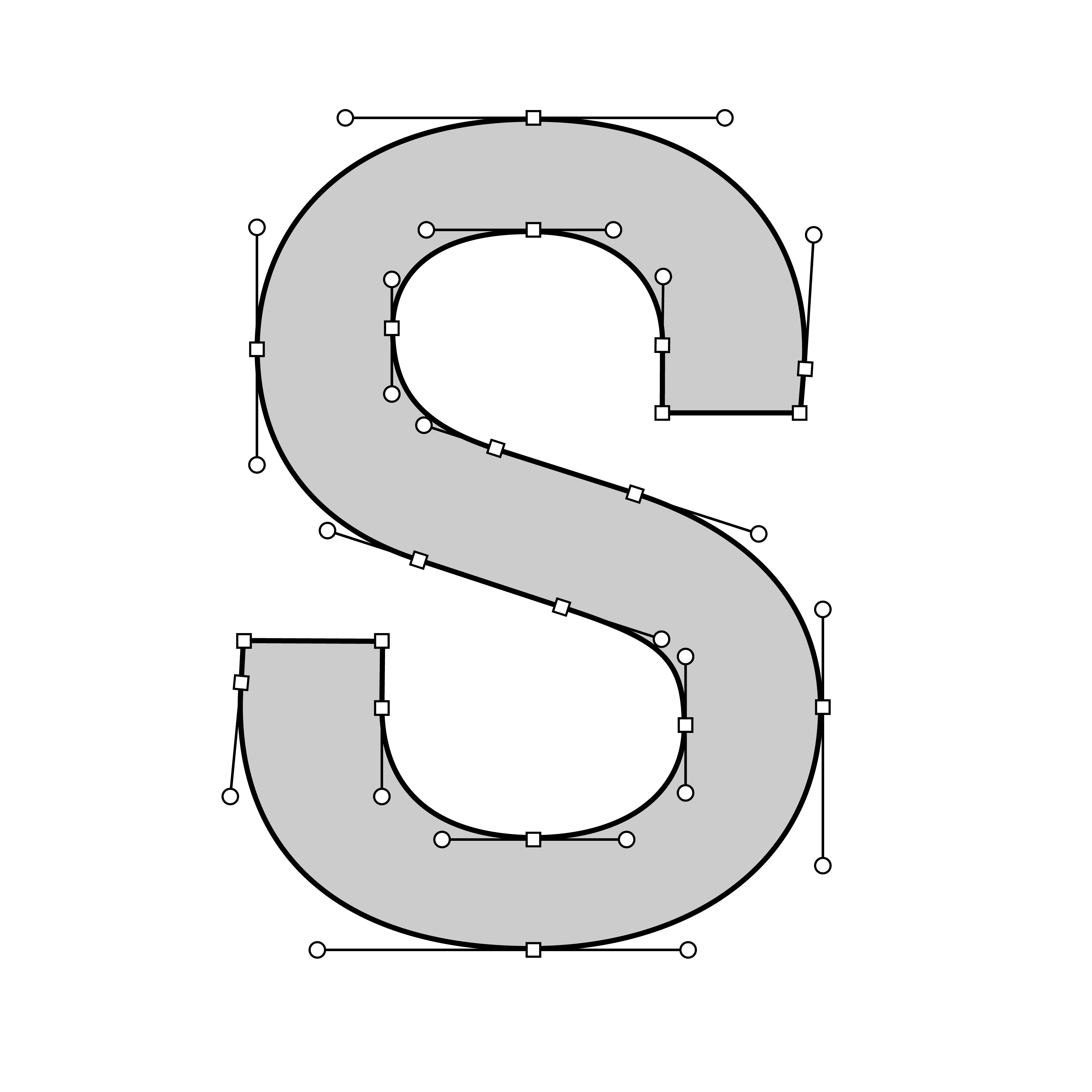 , for describing letterforms, allowing manipulation using parameters.
, for describing letterforms, allowing manipulation using parameters.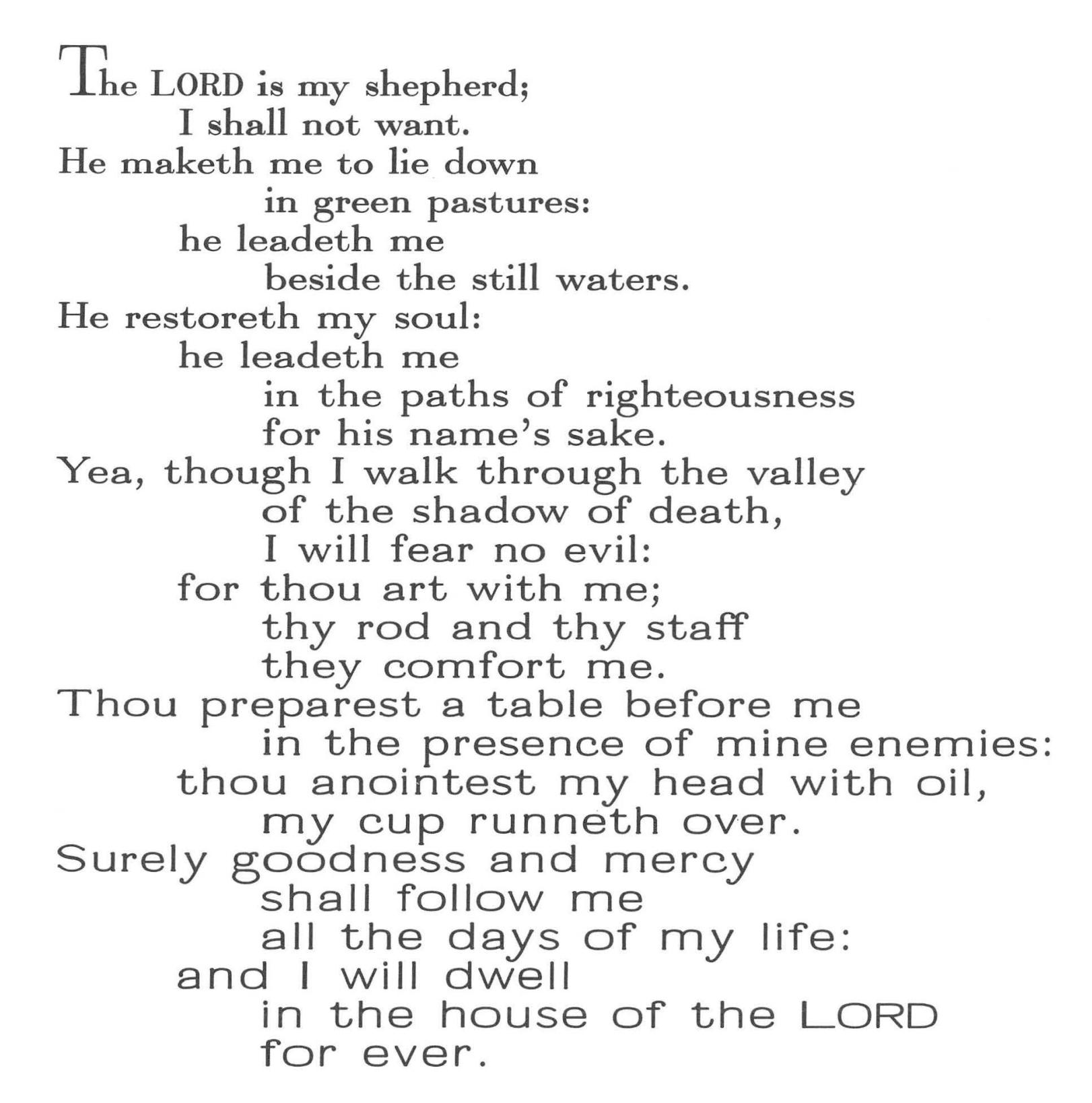 Another unique aspect is MetaFont’s use of ‘pens’
Another unique aspect is MetaFont’s use of ‘pens’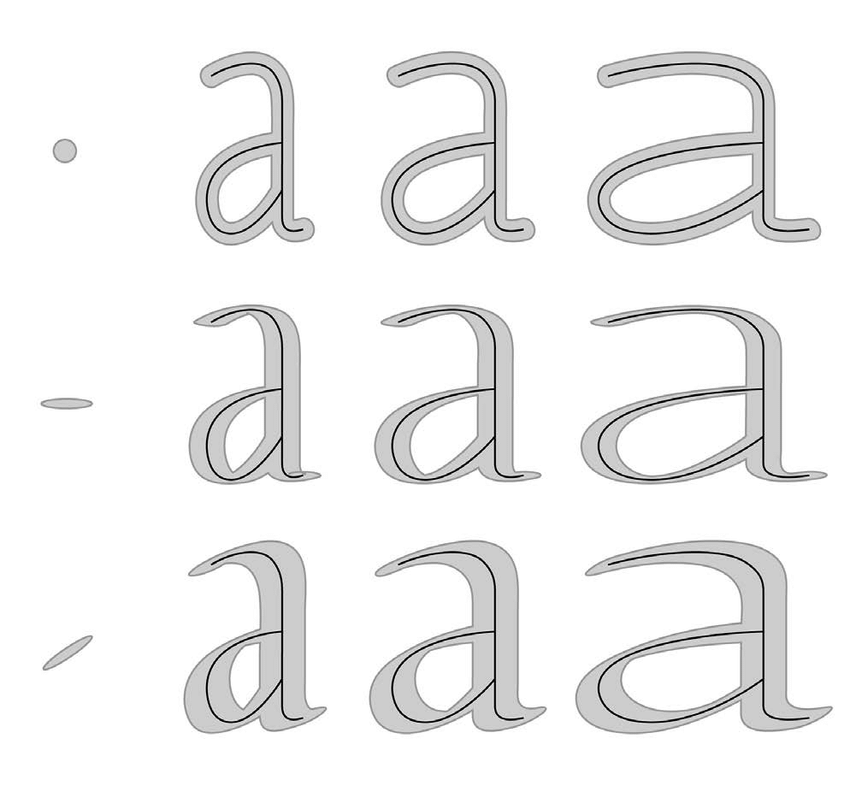 , a digital pen running along the skeleton to create a calligraphic contrast. The use of pens and parameters allows for great amounts of variation using only one skeleton.
, a digital pen running along the skeleton to create a calligraphic contrast. The use of pens and parameters allows for great amounts of variation using only one skeleton.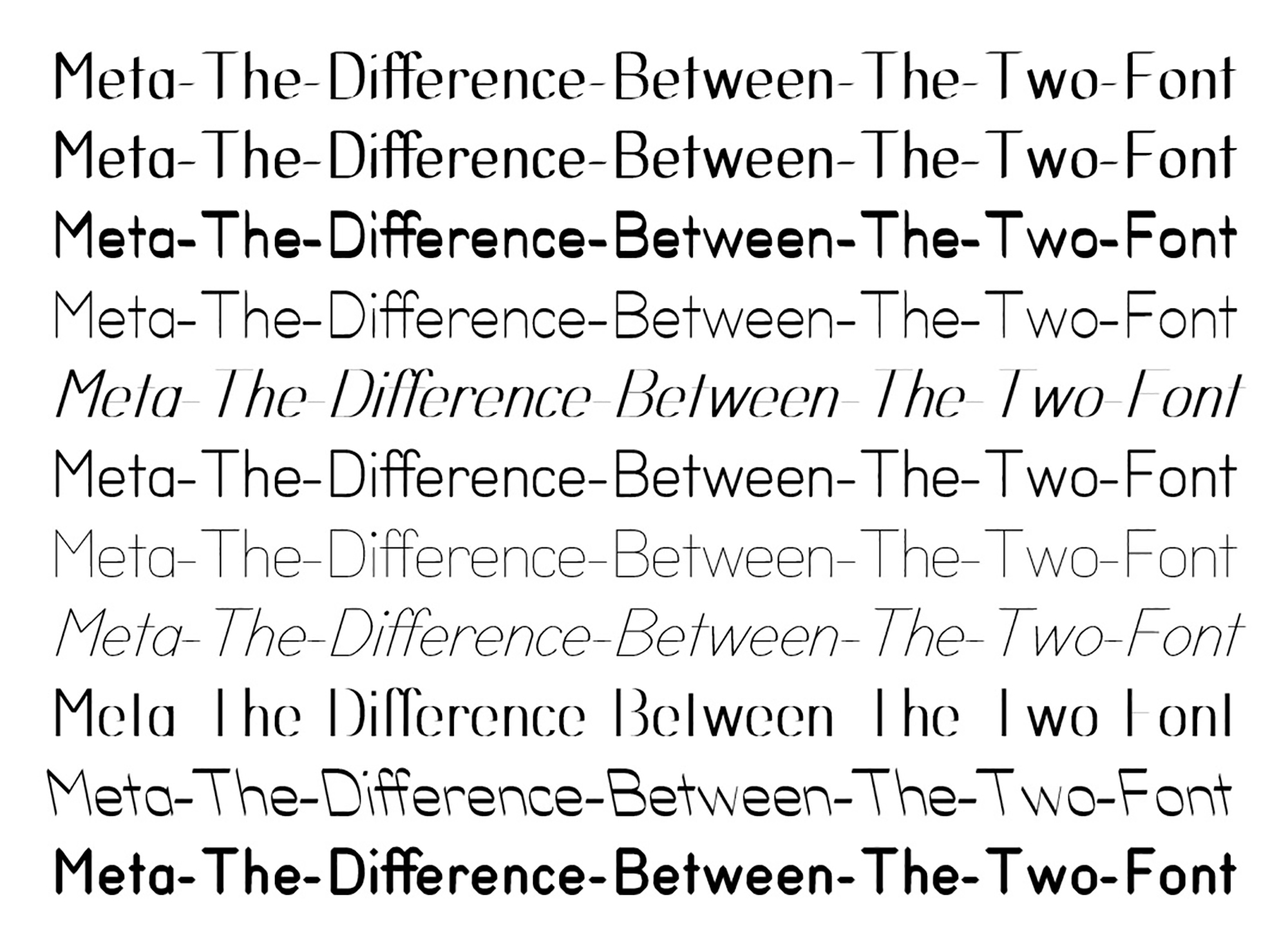 This is a contemporary example
This is a contemporary example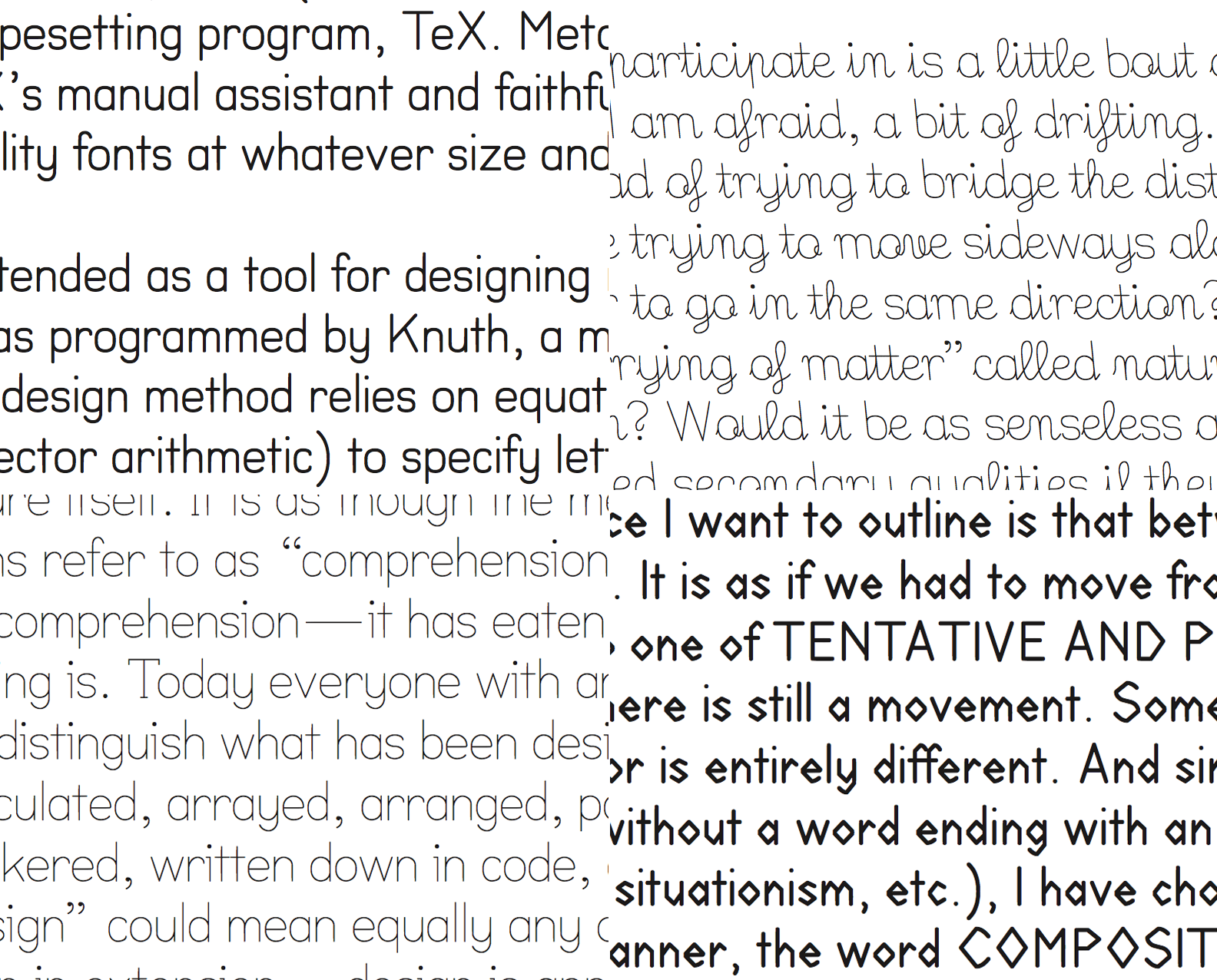 by Dexter Sinister, exploring the possibilities of a meta-font.
by Dexter Sinister, exploring the possibilities of a meta-font.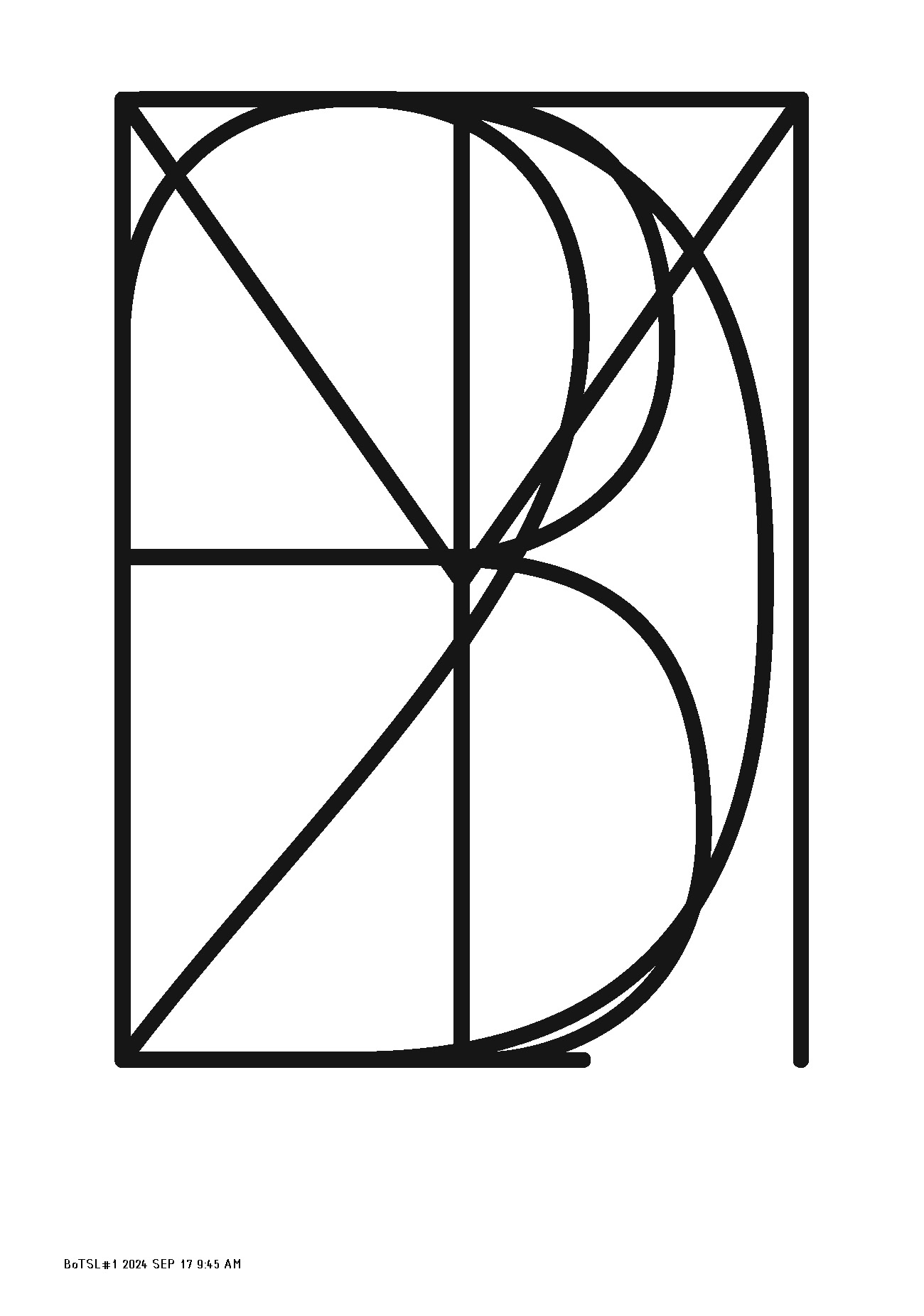 With MetaFont, the user describes points that are connected using splines. These splines are based on calculations by John Hobby
With MetaFont, the user describes points that are connected using splines. These splines are based on calculations by John Hobby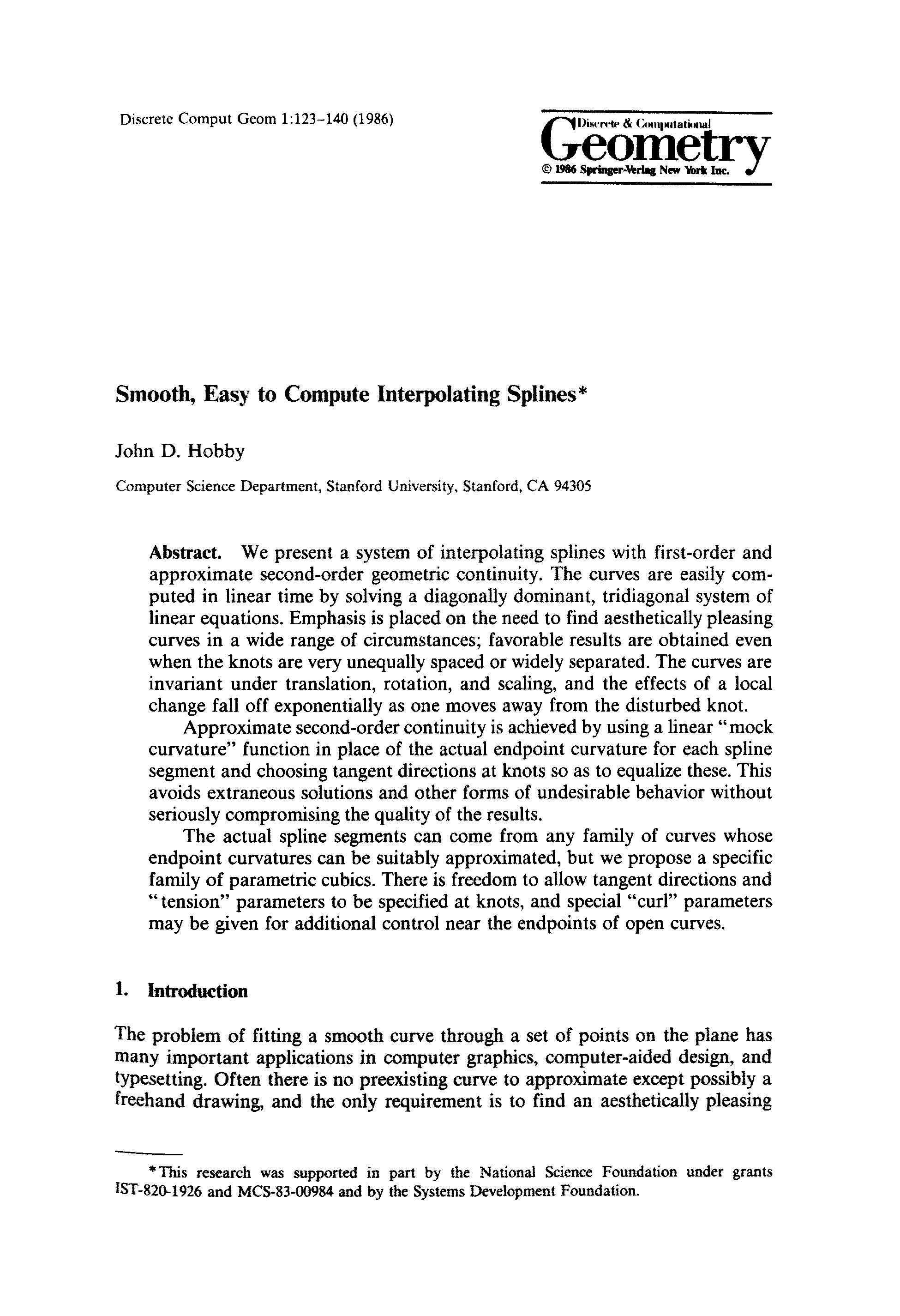 , and result in “the most beautiful curves”.
Despite MetaFont’s pioneering aspects, the system never broke through with a broader audience. Not many meta-fonts have been created using the system (probably because of its unintuitive way of working). The most well-known example is Knuth’s own typeface, Computer modern
, and result in “the most beautiful curves”.
Despite MetaFont’s pioneering aspects, the system never broke through with a broader audience. Not many meta-fonts have been created using the system (probably because of its unintuitive way of working). The most well-known example is Knuth’s own typeface, Computer modern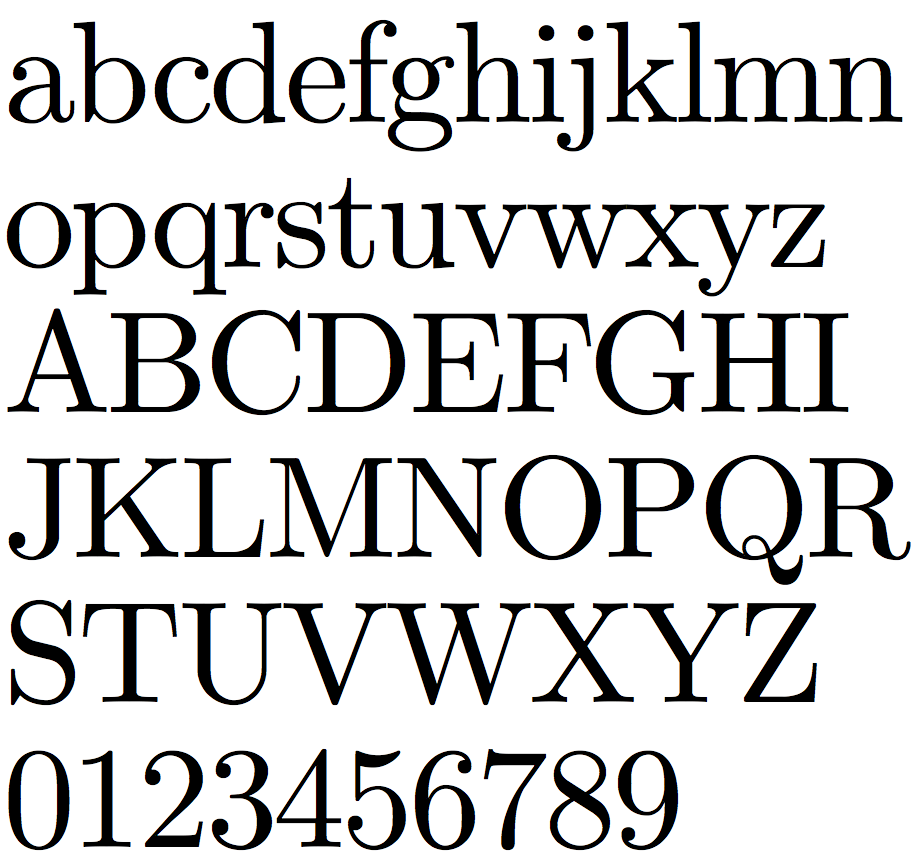 , a collaboration with Hermann Zapf.
, a collaboration with Hermann Zapf.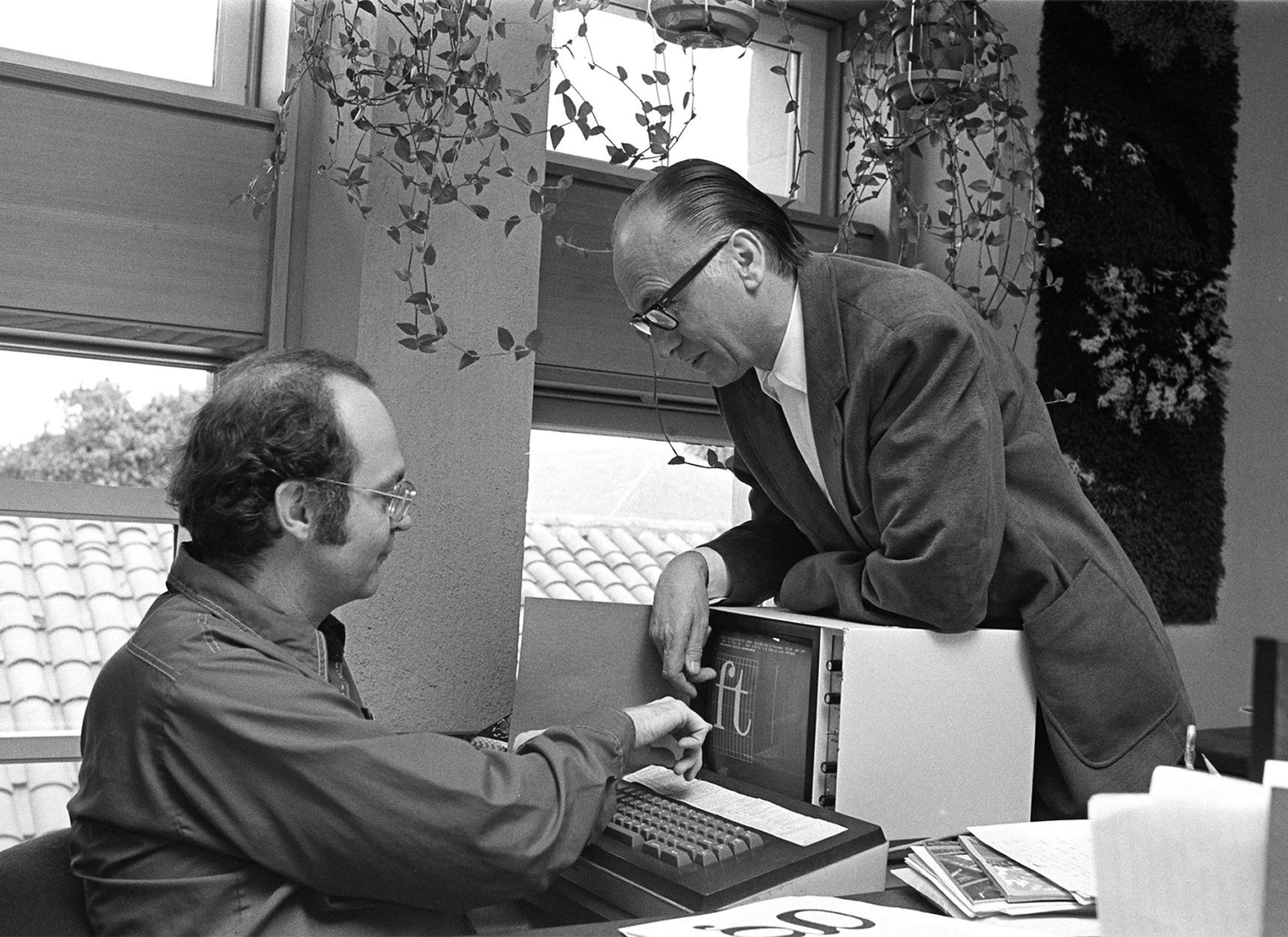 In later years MetaFont regained some popularity within type design. A handful of digital tools reimagined MetaFont in a contemporary setting. Some of the most notable tools are: Metaflop
In later years MetaFont regained some popularity within type design. A handful of digital tools reimagined MetaFont in a contemporary setting. Some of the most notable tools are: Metaflop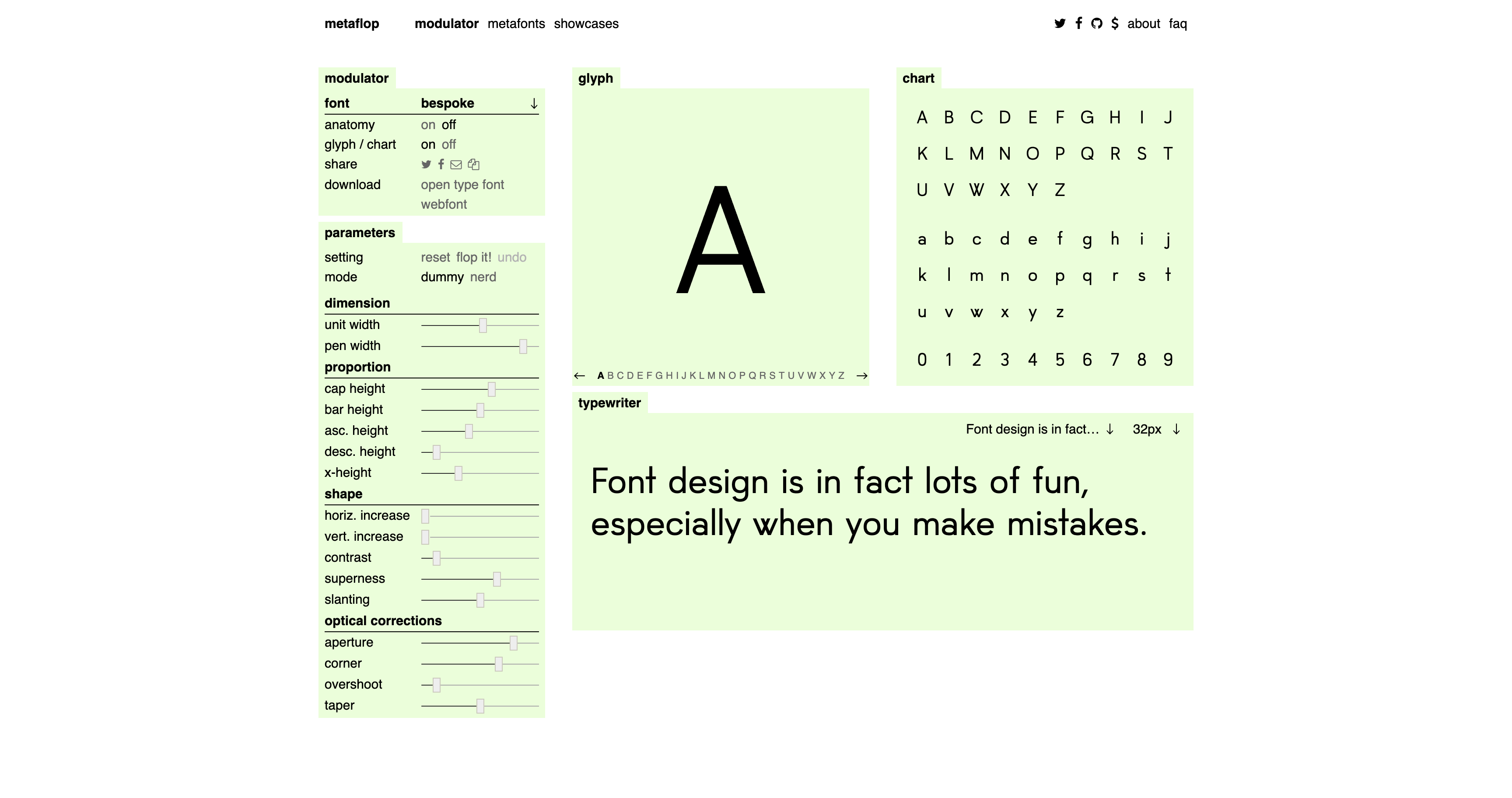 , Prototypo
, Prototypo and Metapolator
, all focusing on parametric type design.